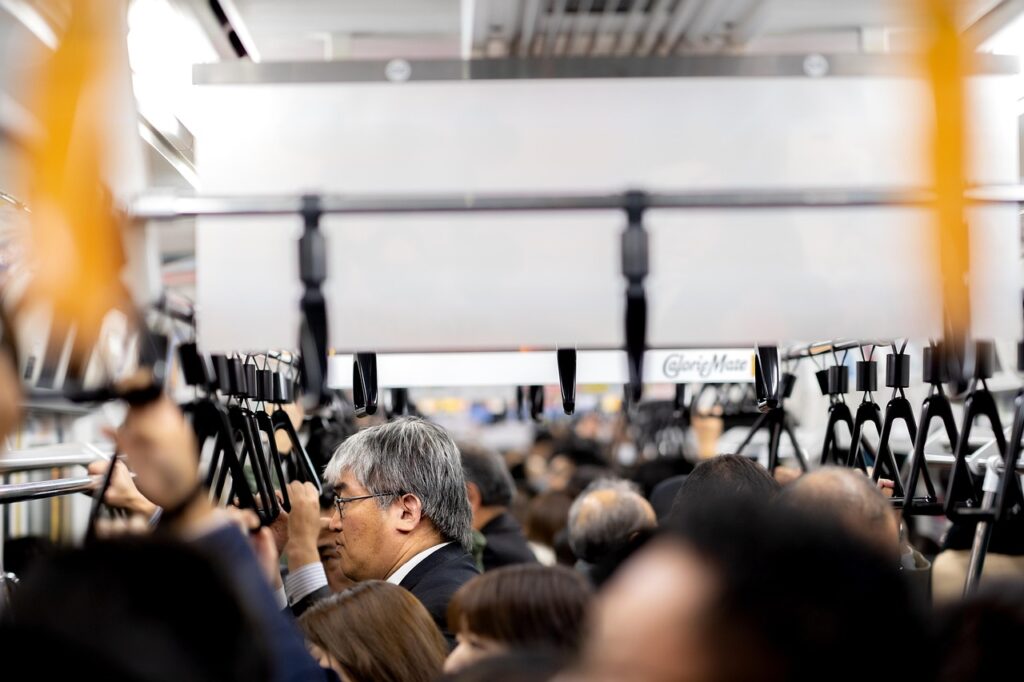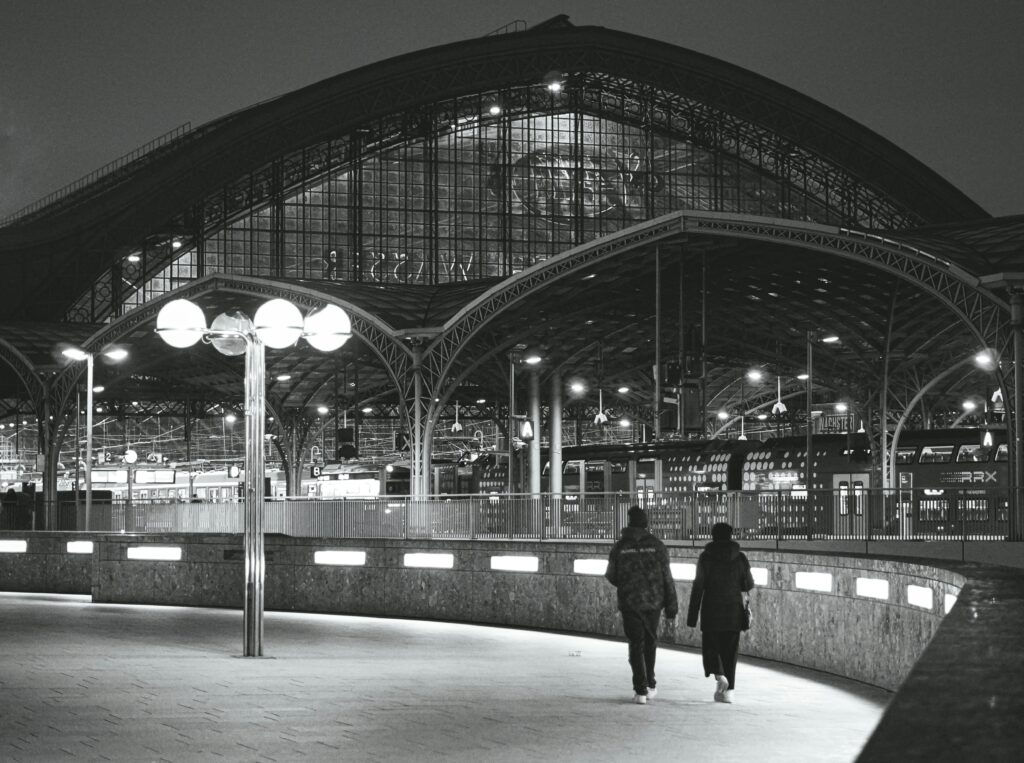Introduction
If you’re like millions of urban dwellers, your daily routine includes bumper-to-bumper traffic, crowded trains, or maddening delays. Mindfulness for commuters offers a way to reclaim those lost minutes—transforming stress, road rage, and anxiety into moments of calm and clarity. Yet, paradoxically, mindfulness for commuters can sometimes feel like just one more thing on your never-ending to-do list, adding pressure instead of relief.
In this article, we’ll dive into three dimensions of mindfulness for commuters, exploring practical micro-practices you can use in your car, on public transit, or even while walking to the office. You’ll find real-life examples, 4–6 deep subheadings, a Q&A and FAQ section, and a friendly closing to help you turn your commute into a mindful mini-retreat—without sacrificing your sanity or schedule.
1. Why Mindfulness for Commuters Matters

Commuting often sets the emotional tone for your entire day. Stress hormones spike as you inch forward in traffic, crowd onto a packed subway, or dash through unpredictable weather. Over weeks and months, this chronic tension erodes patience, disrupts sleep, and seeps into your work and home life. Practicing mindfulness for commuters means paying nonjudgmental attention to your experience—your breath, bodily sensations, and mental chatter—right in the driver’s seat or subway car. By noticing frustration as it arises, you can choose to pause, breathe, and respond with calm instead of reacting with honks, curses, or clenched fists. The result? A smoother transition into and out of the workday, improved mood, and a buffer against cumulative stress.
2. The Upside: Turning Every Commute into a Mini Retreat

- Elevated Focus: A two-minute breathing exercise at a red light clears mental clutter, improving your concentration when you reach the office.
- Emotional Regulation: Recognizing early signs of impatience—shallow breathing, clenched jaw—lets you release tension with a simple neck stretch or sigh.
- Enhanced Well-Being: Regular micro-mindful pauses lower cortisol over time, supporting overall health and reducing the risk of stress-related ailments.
Real-Life Example: Ritu, who spends 45 minutes each morning on Mumbai’s local train, started a “three-sound practice”—noting three distinct sounds on her carriage (announcement beeps, conversation snippets, train wheels). Within two weeks, she reported reduced travel anxiety and arrived at work feeling surprisingly refreshed.
How do musicians stay calm? Click this article to understand this.
3. The Downside: When Mindfulness Feels Like a Chore
Despite its potential, mindfulness for commuters isn’t always embraced easily. Pausing to focus on your breath in gridlock can feel like one more item on your to-do list—especially when you’re already late. On a crowded bus, closing your eyes or breathing deeply might draw unwanted attention. And hyper-awareness of every irritation—a sudden braking car or a delayed stop announcement—can amplify frustration if you dwell on it rather than gently letting it go. The key is to adapt your practice to the context, using discreet, bite-sized techniques that enhance rather than hinder your commute.
What if your practice feel like a chore. click kere to read this topic.
Having trouble while studying? click here to know how to stay calm while studying.
4. Practical Mindfulness Techniques for Commuters

4.1 The Red-Light Breather
When you come to a stop at a red light, inhale slowly for four counts, exhale for four. Feel the steering wheel beneath your hands and the seat under you. This 10-second reset primes you for a calmer drive once the light changes.
4.2 The Three-Sound Practice
While on a train or bus, silently note three sounds around you—engine hum, station announcements, fellow passengers. After naming them, return to your ride with renewed alertness and less mental chatter.
4.3 Body Scan at Bus Stops
When you wait at a stoplight or station, scan head to toe: notice tight shoulders, clenched fists, or stiff neck. Soften each area with an exhale and a subtle stretch—no one will notice.
4.4 Mindful Walking Between Modes
Transitioning from subway to office often involves a short walk. Instead of checking your phone, focus on each step: heel strike, arch roll, toe push-off. This moving meditation grounds you before you sit at your desk.
4.5 Gratitude Glimpse Before You Park
Once you reach your destination, take one silent moment—notice three things you appreciate: clear skies, a favorite coffee shop, or simply your own resilience. This tiny ritual balances any residual commute tension before you start work.
5. Embedding Mindfulness for Commuters into Daily Life
To make mindfulness for commuters stick, anchor practices to existing commute cues—red lights, station announcements, mode transfers. Use visual reminders if needed: a small sticker on your dashboard reading “Breathe,” or a transit app alarm labeled “Mindful Moment.” Team up with a friend—text each other when you complete your three-sounds practice or share a quick reflection at the end of the week. Over time, these micro-habits blend seamlessly into your routine, transforming your commute from a stress trigger into a predictable sanctuary of calm.
6. Long-Form Perspective: The Cumulative Power of Tiny Pauses
Although each mindful pause may last only a few seconds, their cumulative effect can be profound. Imagine: you start your Monday commute with the Red-Light Breather, easing into your drive. On Tuesday, you catch the train and practice the Three-Sound exercise, arriving at work with a clearer head. Wednesday brings rain delays, but you use the Body Scan at the station to release tension instead of fuming.
By Thursday, the daily Gratitude Glimpse before parking has shifted your overall mindset—you’re noticing small joys, even in a hectic week. By Friday, you realize you’re sleeping better, handling work stress more skillfully, and even smiling at fellow commuters. These tiny moments of presence don’t eliminate traffic or delays, but they transform your reaction to them—shifting from frustration to curiosity, from impatience to acceptance. Over months, this cumulative mindfulness creates a resilient mental buffer that carries you through busy weeks with calm resilience, ready to face each workday energized rather than drained.
Q&A Section
- Q: Can mindfulness really help in a traffic jam?
A: Yes—simple breathing or sensory practices interrupt stress cycles, lowering your heart rate and making the jam feel less hostile. - Q: What if I’m too late to pause at each red light?
A: Even a three-second breath before you merge back into traffic provides a reset; it doesn’t have to align exactly with every light. - Q: How do I practice mindfulness on a crowded train?
A: Use auditory anchors—note three sounds—or focus on the sensation of your feet on the floor. These inward practices are discreet and effective. - Q: Will mindfulness slow down my commute time?
A: No—micro-practices under 10 seconds don’t affect travel time and often improve safety by enhancing alertness and decision-making. - Q: How do I stay consistent?
A: Tie each practice to an unavoidable cue—like a traffic light or station stop—and use reminders until habits form automatically.
FAQ Section
- Do I need special apps?
No—micro-practices are self-guided. A simple timer or sticky note reminder suffices. - How quickly will I notice benefits?
Many feel immediate calm; sustained improvements in mood and focus often emerge within 2–3 weeks of daily practice. - Does mindfulness work for all commute modes?
Yes—car, train, bus, walking—you can adapt practices to any setting. - Can my family or carpool partners join?
Absolutely—shared breathing pauses at red lights can foster collective calm and safer driving. - What if I miss a practice one day?
No worry—just resume at the next cue. Self-compassion is part of mindfulness.
Friendly Closing Message
Your commute doesn’t have to be the most stressful part of your day. Mindfulness for commuters offers simple, science-backed methods to transform gridlock, delays, and rush-hour crowds into opportunities for calm, clarity, and even gratitude. By weaving micro-practices—like the Red-Light Breather, Three-Sound Practice, and Gratitude Glimpse—into your routine, you’ll arrive at work—and home—with a steadier mind, a lighter heart, and a deeper sense of control over your day. Give one of these techniques a try on your next ride, and watch how presence can turn the daily grind into a daily gift. Safe travels—and happy breathing!
